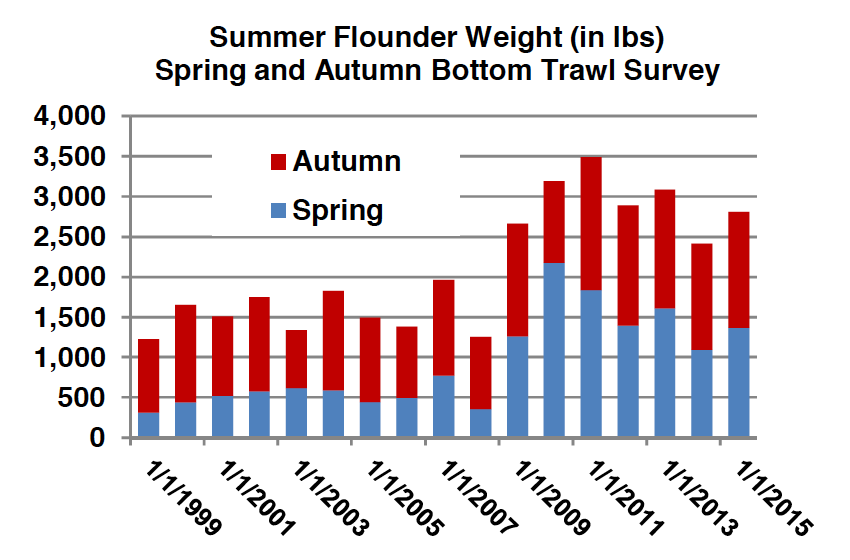October 31, 2016 — The following was released by the Mid-Atlantic Fishery Management Council:
The Mid-Atlantic Fishery Management Council will hold three public hearings in November 2016 to gather public comments on a request by the State of New Jersey to designate 13 of its artificial reef sites located in federal waters as Special Management Zones (SMZ). The hearings will be held November 15-17, 2016. Written comments will be accepted until Friday, November 25, 2016, 11:59 p.m. EST.
Background
In November 2015, the New Jersey Department of Environmental Protection (DEP) petitioned the Mid-Atlantic Council to designate 13 artificial reef sites as SMZs under provisions of Amendment 9 to the Summer Flounder, Scup and Black Sea Bass Fishery Management Plan. The petition was based on the need to reduce gear conflicts between hook and line fishermen and fixed pot/trap gear at those sites. The SMZ designation could prohibit the use of any gear except hook and line and spear fishing (including the taking of fish by hand) within the 13 potential SMZ sites. The Council’s SMZ Monitoring Team (MT) evaluated the NJDEP request and recommended that the Council designate all 13 artificial reef sites as SMZs. The MT analysis indicated that commercial fishing vessels deploying pot/trap gear off the coast of New Jersey would likely face minimal to no losses in ex-vessel revenue if the artificial reefs are designated as SMZs. The Council is scheduled to review public comments and make a decision relative to NJ SMZ designation at its December 2016 meeting in Annapolis, MD.
Public Hearing Schedule
The dates and locations of the public hearings are as follows:
- Tuesday November 15, 2016, 7:00-9:30 p.m., Kingsborough Community College, 2001 Oriental Blvd., Brooklyn NY 11235, Room M239 of the Marina and Academic Center (The Lighthouse).
- Wednesday November 16, 2016, 7:00-10:00 p.m., Clarion Hotel & Conference Center, 815 Route 37 West, Toms River, NJ 08755.
- Thursday November 17, 2016, 7:00-10:00 p.m., Congress Hall, 200 Congress Place, Cape May, NJ 08204.
These meetings are physically accessible to people with disabilities. Requests for sign language interpretation or other auxiliary aid should be directed to M. Jan Saunders, 302-526-5251, at least 5 days prior to the meeting date.
Written Comments
Written comments will be accepted until Friday, November 25, 2016, 11:59 p.m. and may be sent by any of the following methods:
- Mail to Dr. Chris Moore, Executive Director, Mid-Atlantic Fishery Management Council, 800 North State Street, Suite 201, Dover, DE, 19901 (include “NJ SMZ Request” on envelope);
- Fax to Dr. Chris Moore, Executive Director, Mid-Atlantic Fishery Management Council at fax number 302-674-5399 (include “NJ SMZ Request” in the subject line); or
- Email to Rich Seagraves at rseagraves@mafmc.org (include “NJ SMZ Request” in the subject line).
Contact
For more information, contact Rich Seagraves, Senior Scientist, at rseagraves@mafmc.org.


